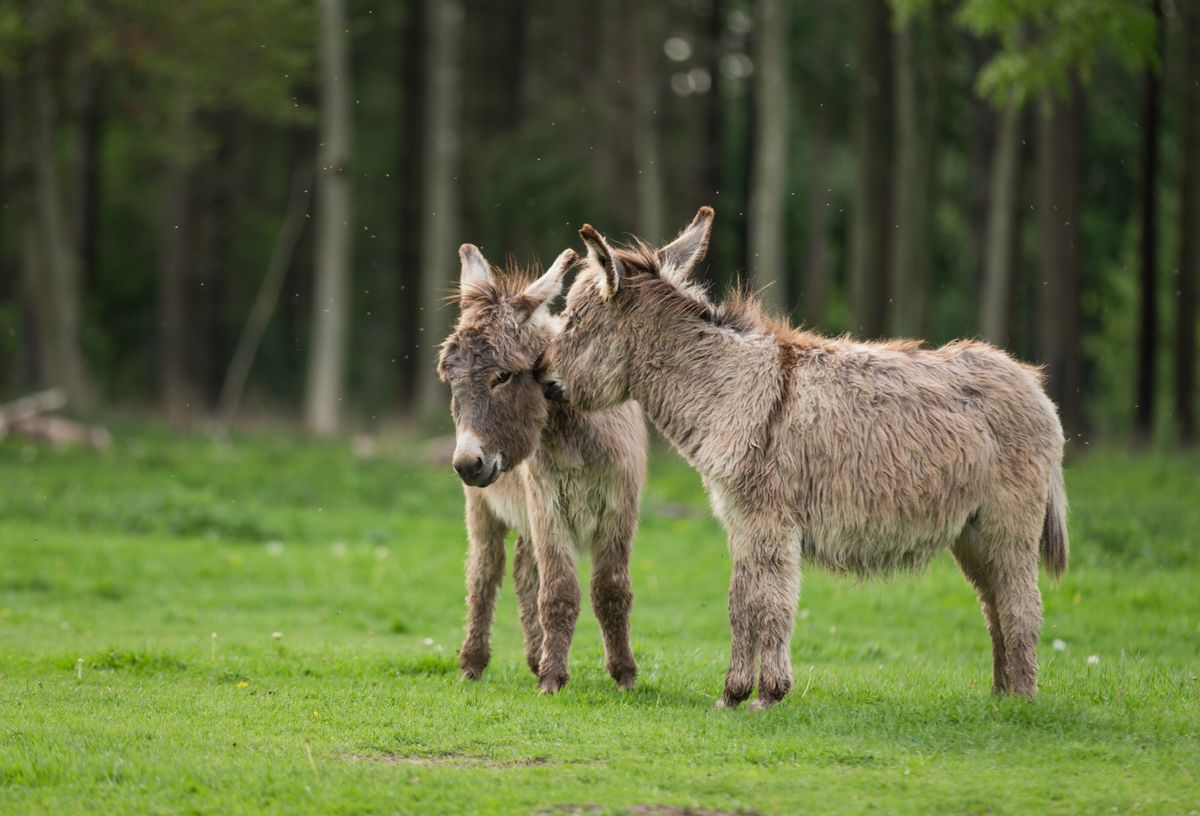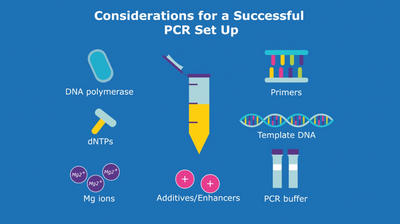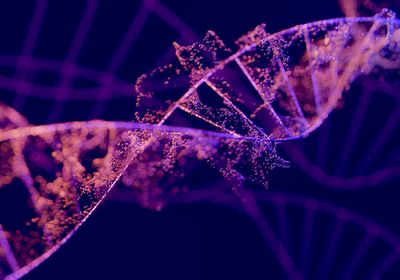
For millennia, humans have used the humble donkey (Equus asinus) for many purposes, from manual labor to all-terrain transportation. Despite a longstanding and close relationship with these beasts of burden, it’s only now that a complete genetic analysis has finally reconciled fossil evidence of where and when domestication occurred. A study published today (September 8) in Science by an international team of researchers compared the genomes of more than 200 modern donkeys to 31 of their ancient counterparts, the DNA of which was extracted from bones found by archaeologists. The donkey is primarily descended from the Nubian wild ass (Equus africanus africanus), which is believed to have gone extinct in the 1970s, though a separate clade could have come from an unknown species or the Atlas wild ass (Equus africanus atlanticus), which was driven to extinction through overhunting more than 1,700 years ago. The data suggest that humans and donkeys began cooperating around 5000 BCE in East Africa, after which the domestic animal spread into Eurasia and its use exploded in popularity within the Roman Empire.






